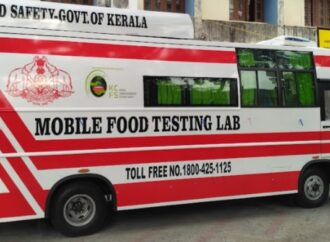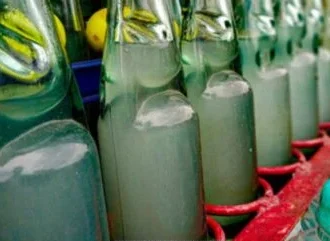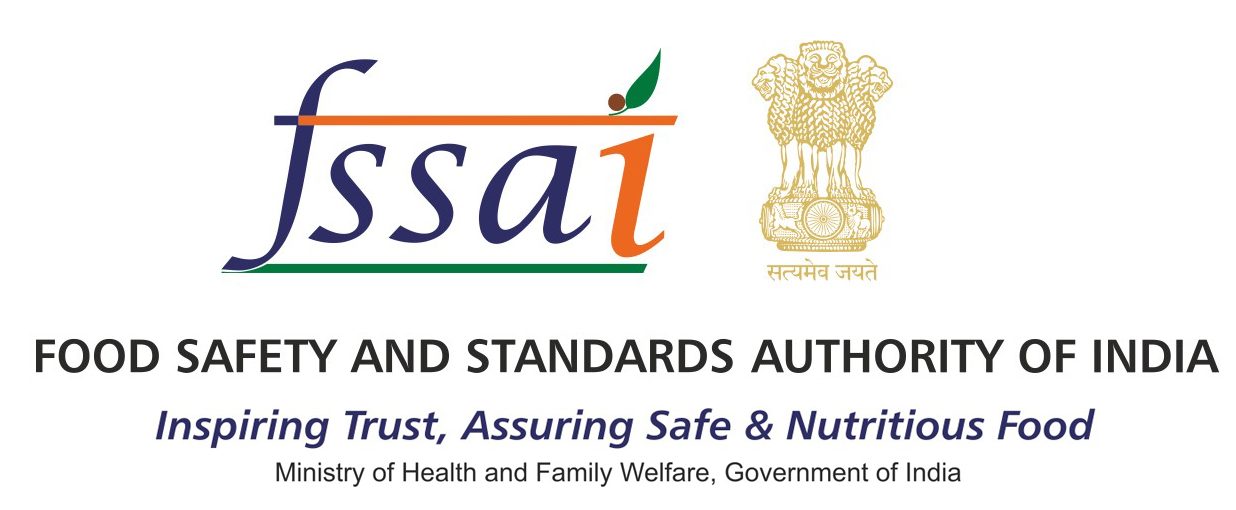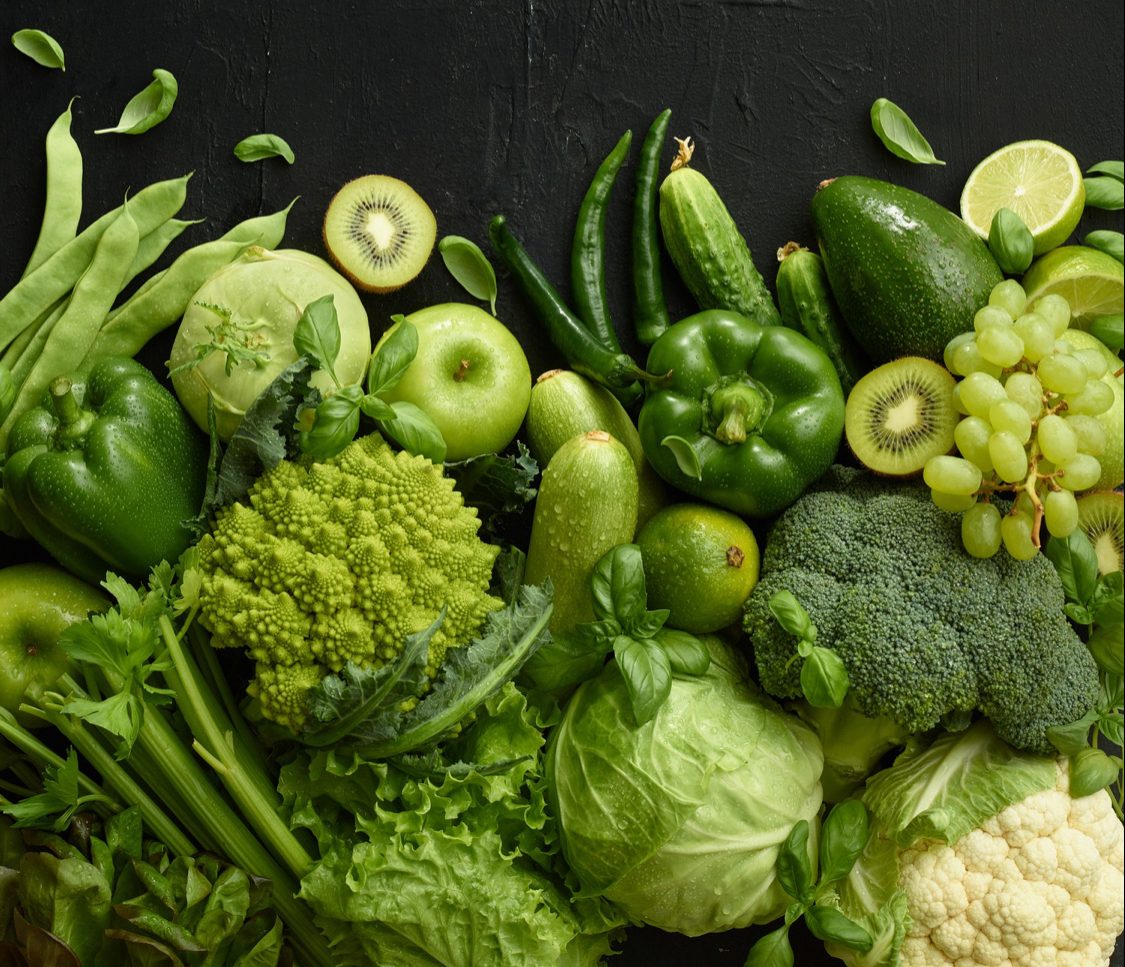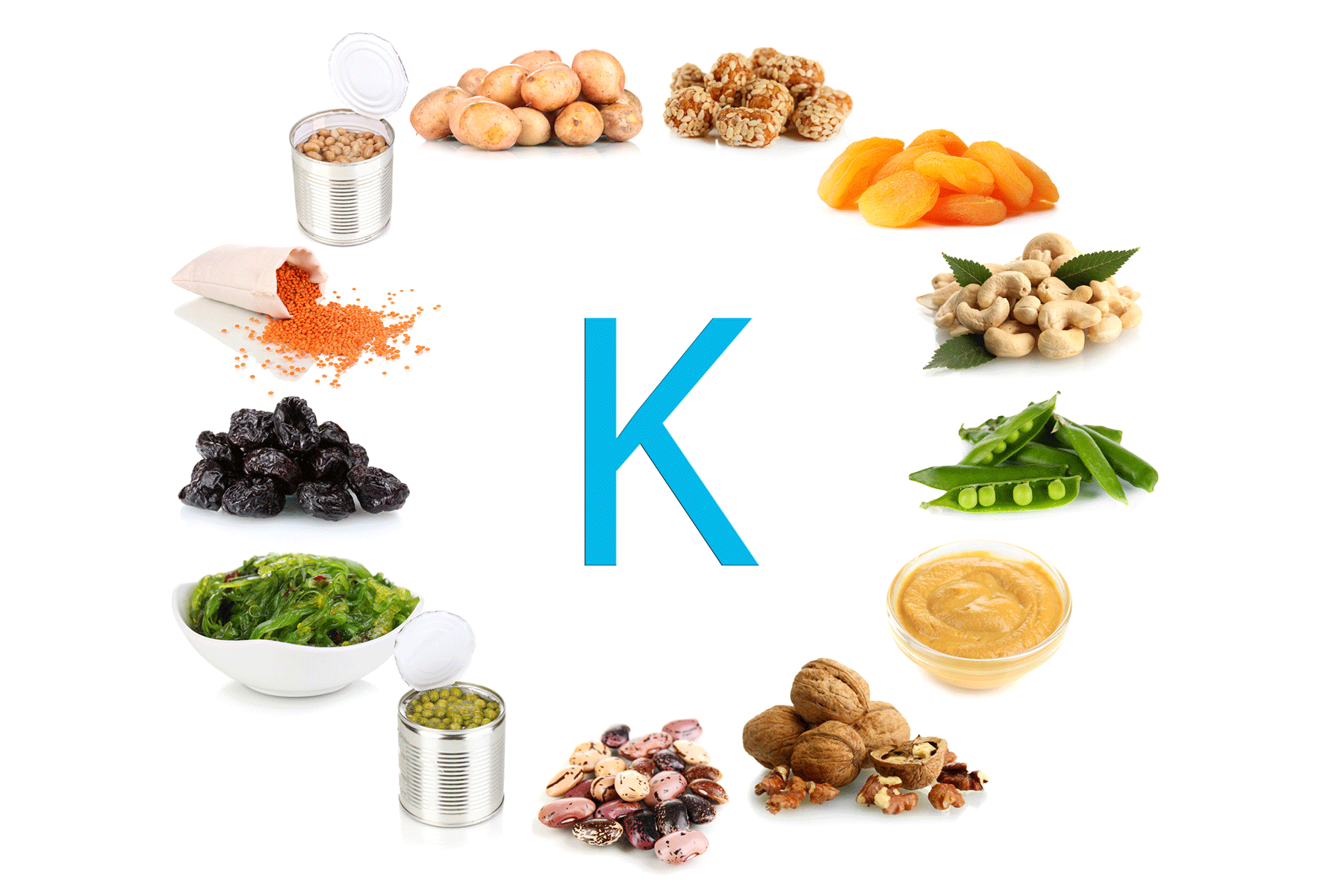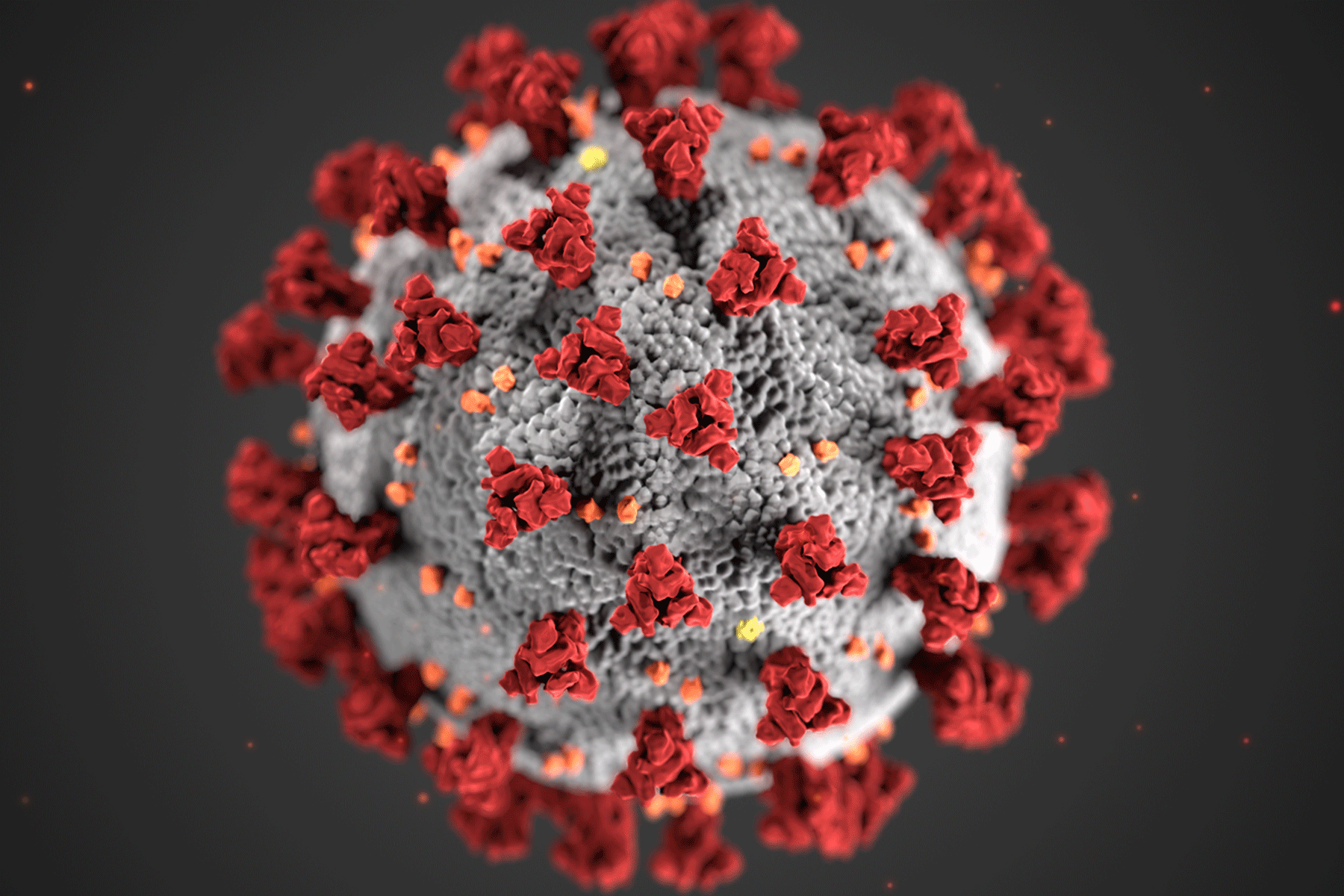Phthalates, a group of synthetic chemicals used to increase the flexibility of plastics, have become a growing concern in food safety. These endocrine-disrupting compounds can leach into food from packaging, processing equipment, and even contaminated water. Studies have linked phthalate exposure to various health risks, including hormonal imbalances, reproductive issues, and developmental disorders. Despite regulations limiting their use, phthalates continue to be detected in processed foods, dairy products, and even fresh produce. Understanding how these chemicals enter the food chain and adopting strategies to minimize exposure is crucial for safeguarding public health.
What Are Phthalates?
Phthalates (pronounced “thal-ates”) are synthetic chemicals used primarily in the production of plastics such as polyvinyl chloride (PVC). They help enhance durability and flexibility in a variety of consumer products, including food packaging, kitchen utensils, and medical devices. However, phthalates are not chemically bound to plastic, making it easy for them to migrate into food and beverages.
How Do Phthalates Enter Food?
Phthalates can contaminate food through multiple pathways:
- Food Packaging: Plastics used in packaging, storage containers, and even plastic wrap can release phthalates into food, particularly fatty and oily foods like dairy, meats, and fast food.
- Processing Equipment: Machinery and conveyor belts made with PVC components can transfer phthalates during food manufacturing.
- Environmental Contamination: Crops can absorb phthalates from contaminated soil and water, leading to their presence in fruits and vegetables.
- Storage and Heating: Storing food in plastic containers or microwaving food in plastic packaging can increase the leaching of phthalates into food.
Health Risks Associated with Phthalates
Phthalates are endocrine disruptors, meaning they interfere with hormonal functions. Scientific studies have linked phthalate exposure to several health concerns:
- Hormonal Imbalances: Phthalates can mimic hormones, potentially leading to reproductive issues, early puberty, and reduced fertility.
- Developmental Effects: Prenatal exposure to phthalates has been associated with lower IQ, behavioural issues, and developmental delays in children.
- Metabolic Disorders: Research suggests a link between phthalate exposure and obesity, insulin resistance, and type 2 diabetes.
- Cardiovascular Concerns: Some studies indicate that phthalates may contribute to high blood pressure and other cardiovascular issues.
Foods with High Phthalate Levels

Certain foods are more prone to phthalate contamination than others. These include:
- Fast Food: Studies have shown that processed and fast foods contain higher levels of phthalates due to packaging and processing methods.
- Dairy Products: Milk, cheese, and butter may contain phthalates absorbed from plastic storage and processing equipment.
- Meats and Seafood: High-fat meats and seafood tend to accumulate more phthalates due to processing and packaging.
- Baked Goods: Cakes, pastries, and bread often have traces of phthalates from plastic packaging and baking sheets.
How to Reduce Phthalate Exposure
While eliminating phthalates from food is challenging, several steps can help minimize exposure:
- Choose Fresh, Whole Foods: Minimizing consumption of processed foods reduces phthalate intake.
- Avoid Plastic Packaging: Opt for glass, stainless steel, or silicone containers for food storage and reheating.
- Read Labels Carefully: Some food packaging may indicate “phthalate-free,” making it a safer choice.
- Filter Drinking Water: Some water sources contain phthalates; using a high-quality filter can help reduce exposure.
- Reduce Fast Food Consumption: Eating homemade meals with fresh ingredients lowers the risk of phthalate contamination.
Regulations and Industry Response
India has acknowledged the risks associated with phthalates in food, but regulations remain a work in progress. The Food Safety and Standards Authority of India (FSSAI) has set limits on certain phthalates in food contact materials, but enforcement and monitoring are still evolving. Compared to the European Union, where stricter restrictions exist, India’s regulatory framework is still developing to address widespread plastic use in packaging. However, increasing consumer awareness has driven some food manufacturers to explore phthalate-free alternatives. As demand for safer packaging grows, stricter regulations
Conclusion
Phthalates in food pose a serious yet often overlooked health risk, with potential consequences ranging from hormonal imbalances to long-term reproductive and developmental issues. Despite growing awareness, these harmful synthetic chemicals continue to enter our food supply through packaging, processing, and environmental contamination. To reduce exposure, consumers should prioritize fresh, unprocessed foods, choose phthalate-free packaging, and support policies that enforce stricter regulations on food-grade plastics. Manufacturers must also adopt safer alternatives and improve transparency in food packaging materials. Addressing this issue requires collective action from policymakers, industries, and consumers to create a safer food system for future generations.
 Food Manifest
Food Manifest 

